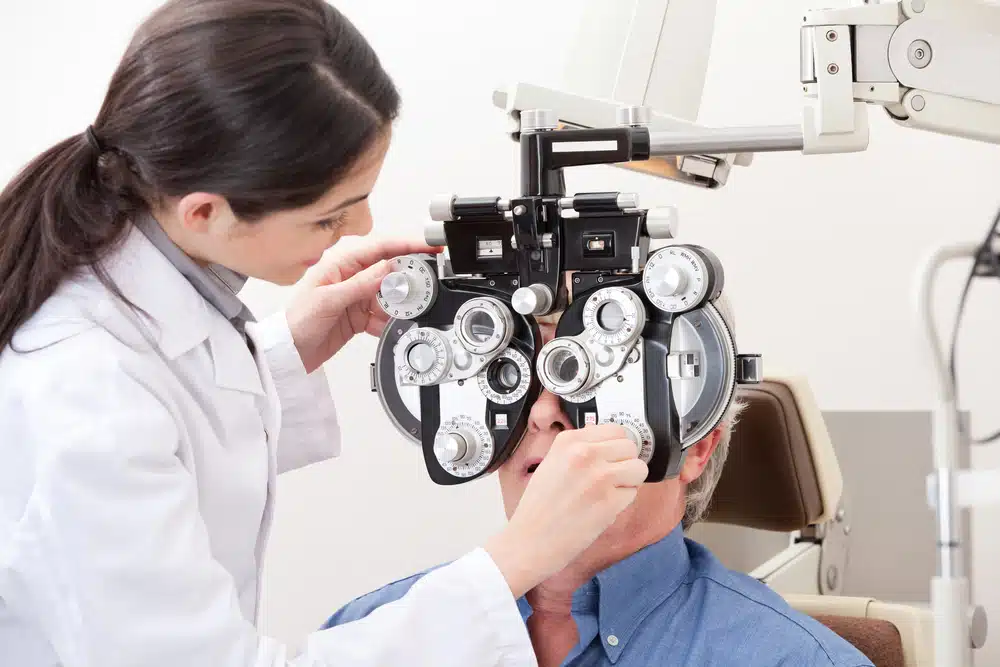The eyes have been described in literature as “the windows to the soul” and this may be true. But to an experienced optometrist, they certainly offer a good insight into the general state of your health. People visit opticians when they have vision problems, but sometimes the problems are more than just the routine eye conditions that we all suffer from at some stage of our lives.
From mildly worrying medical conditions which are easily treated to more serious illnesses the question remains, “can an eye exam save your life?”
The Eyes Tell a Tale
Regular visits to, and check-ups by, an optometrist should be part of everyone’s annual agenda and more regularly as we get older. While the bulk of eye problems can be attributed to the wear and tear of advancing years, a skilled practitioner can also spot underlying medical conditions which can lead to more serious, even life-threatening, illnesses. That is why it is so important to make regular visits to your optometrist and not just when eye problems manifest themselves.
From high blood pressure to diabetes, there are many medical conditions that an optometrist can spot during a comprehensive eye examination and the sooner these problems are spotted the better.
Life-Threatening
While not all conditions and diseases detected during an eye exam are immediately life-threatening, they can be if not caught early and treated. The condition of blood vessels in the eye are a good indicator of our overall state of health and also play an important role in the early detection of serious medical conditions.
- Between the U.K, Canada and the U.S., it is estimated that up to a third of people suffering from diabetes are not aware of the presence of the disease. High blood-glucose levels weaken the delicate blood vessels beside the retina leading to tiny leaks or “dot haemorrhaging.” Left untreated, diabetes can cause blindness and, in some cases, death.
- Cardiovascular Disease. Blockages in blood vessels in the eye can indicate high cholesterol levels and possible cardiovascular disease. The blockages are caused by tiny lumps of cholesterol but if spotted early enough a strict diet can remove the lumps. Unfortunately, if left too late, any damage to the eyesight is irreversible.
- High blood pressure causes damage to the blood vessels in the retina due to the pressure on the blood being forced through. Extremely high blood pressure can cause haemorrhaging at the back of the eye and, in time, lead to strokes and heart attacks.
- Eye Cancer. Thankfully a very rare condition but it does happen. Regular visits to an optometrist will identify any growths within and around the eye and early detection, as with all cancers, is crucial to successful treatment. Equally rare are brain tumours but these are easily detected during an eye exam and, in fact, most tumours of the brain are initially discovered by optometrists during examinations.
Prevention is Better than Cure
The life-threatening illnesses mentioned are rare cases but there is no substitute for being prepared. It is recommended that you should see an eye doctor for a full check-up every two years at least regardless of whether you are having problems with your eyes or not. For children under sixteen or adults aged seventy and over, or for adults with a history of glaucoma in the family, an annual exam is strongly advised.
However, as with any medical condition, should you have vision problems or are concerned, make an immediate appointment with your optometrist. Early diagnosis is the key to successful treatment and a visit to an experienced professional optometrist is not something to be feared but rather seen as part of your personal health regimen.
